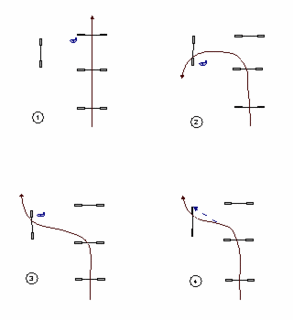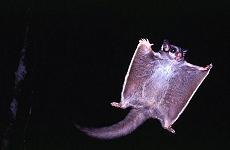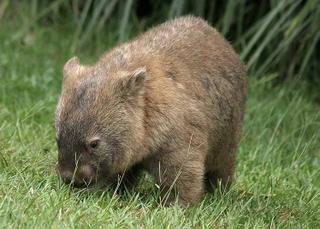
We had sessions on Derrett's positional cues with both Marion and Steve. Steve saw the positional cues as absolutes, and talked about specific cues - "Positional Cue Inside the Box", so I was more in tune with how Marion explained them - as relative to the dogs path.
Derrett's use of positional cues is based on the fact that you can give your dog information about not only which obstacle to take next, but where he is headed after that simply by where you position yourself on the course.
In example 1, by being in the dog's current path, he gets the information that he is to continue straight ahead.
In example 2, if you are at the near wing of the obstacle to the left, the dog knows not only that he is to take that obstacle, but that he is to wrap towards you and continue back down the course. You would do a post turn in this position, keeping the dog on the right.
In example 3, being at the far wing of the obstacle to the left is an indicator that the dog should take this obstacle close to the far upright as he will continue up the course. As you need a side change here a front cross is used to tighten the dog's turn. While the optinum position for the front cross is the far wing of jump 3, depending on your speed and the dog's, the front cross can be done anywhere along the line in diagram 4 - just so long as it is to the left of the second jump, and on the far half of the third jump your position will be giving the dog directional information.










 It's commonly believed that the early cattle dogs were a result of a cross with a dingo. This may be so, but my personal theory is that they were crossed with a number of native Australian wildlife, the genes of which appear occasionally in invidual contemporary cattle dogs.
It's commonly believed that the early cattle dogs were a result of a cross with a dingo. This may be so, but my personal theory is that they were crossed with a number of native Australian wildlife, the genes of which appear occasionally in invidual contemporary cattle dogs.
